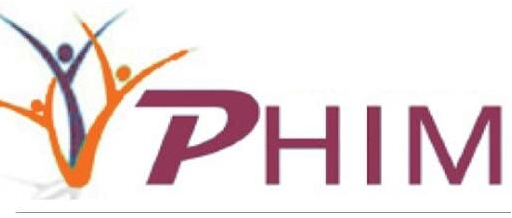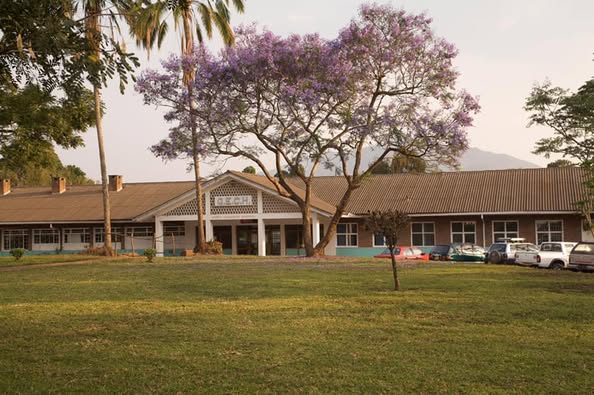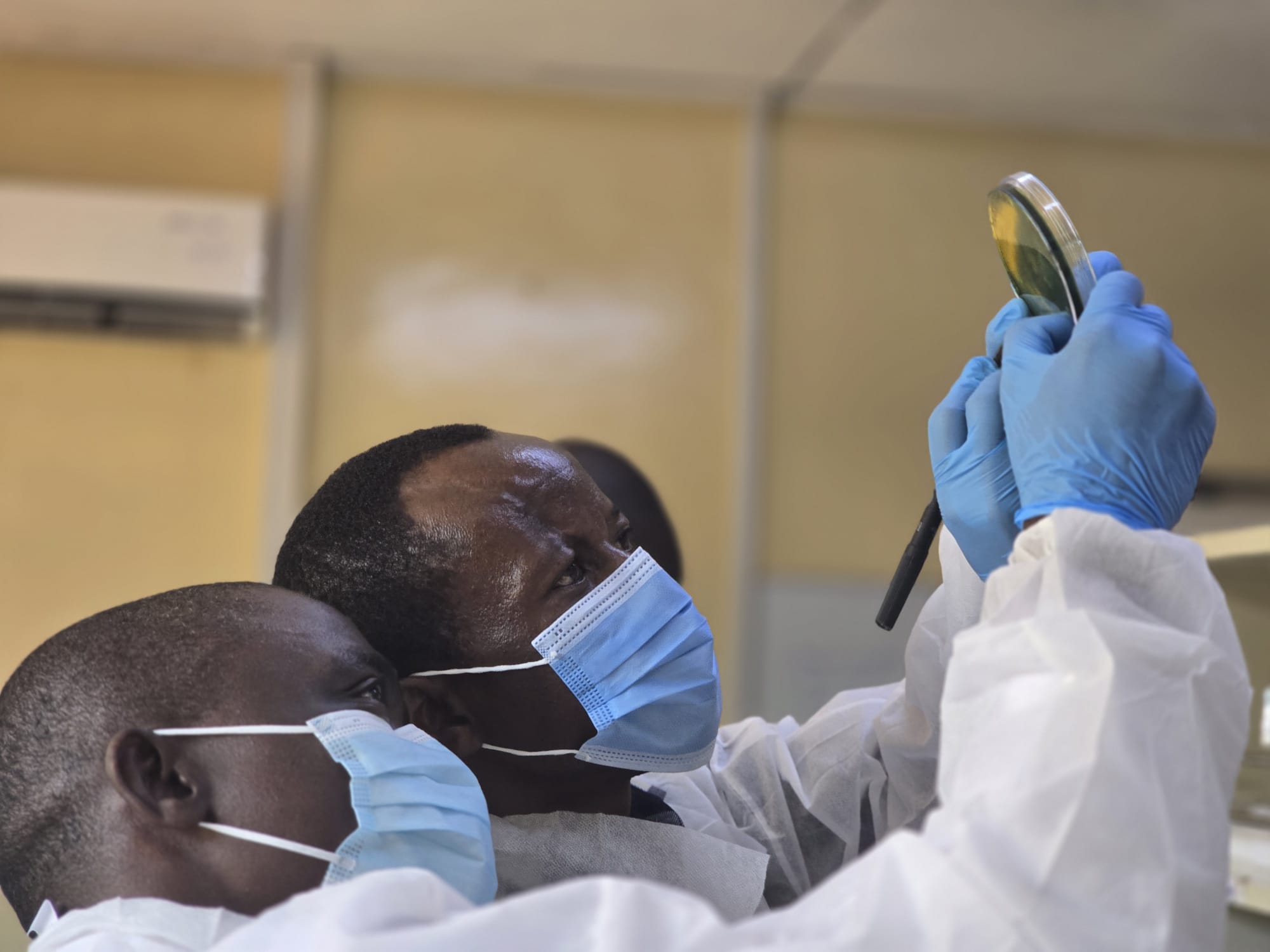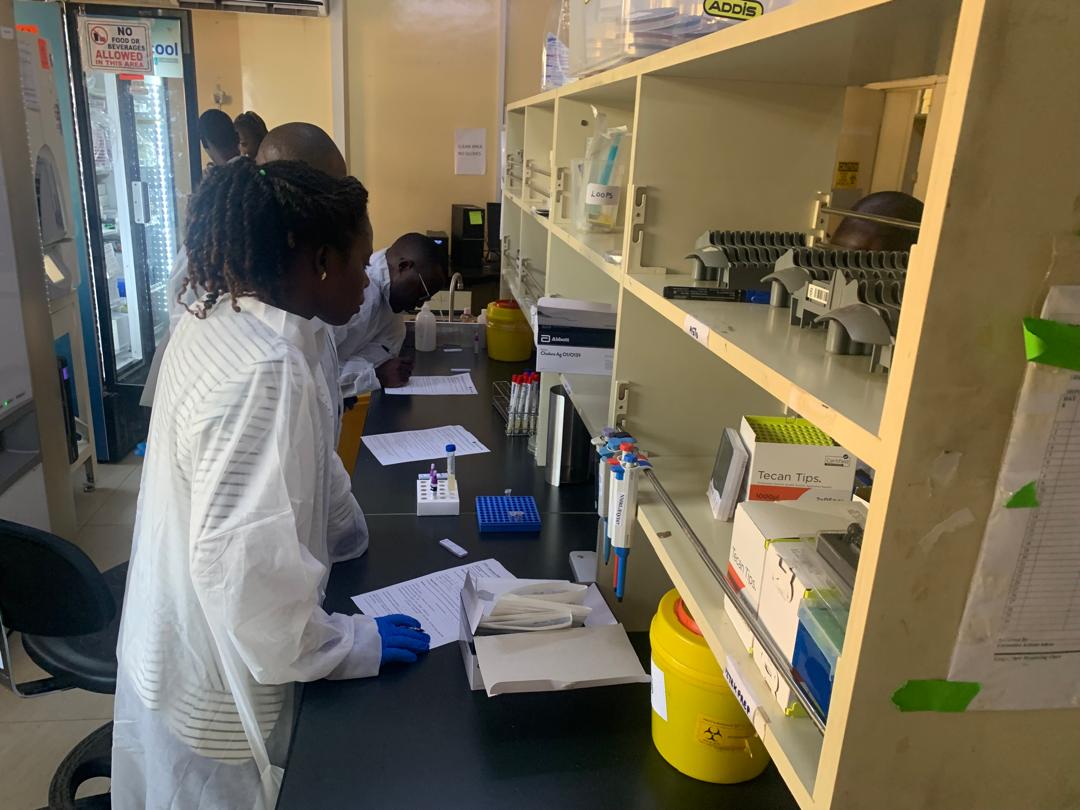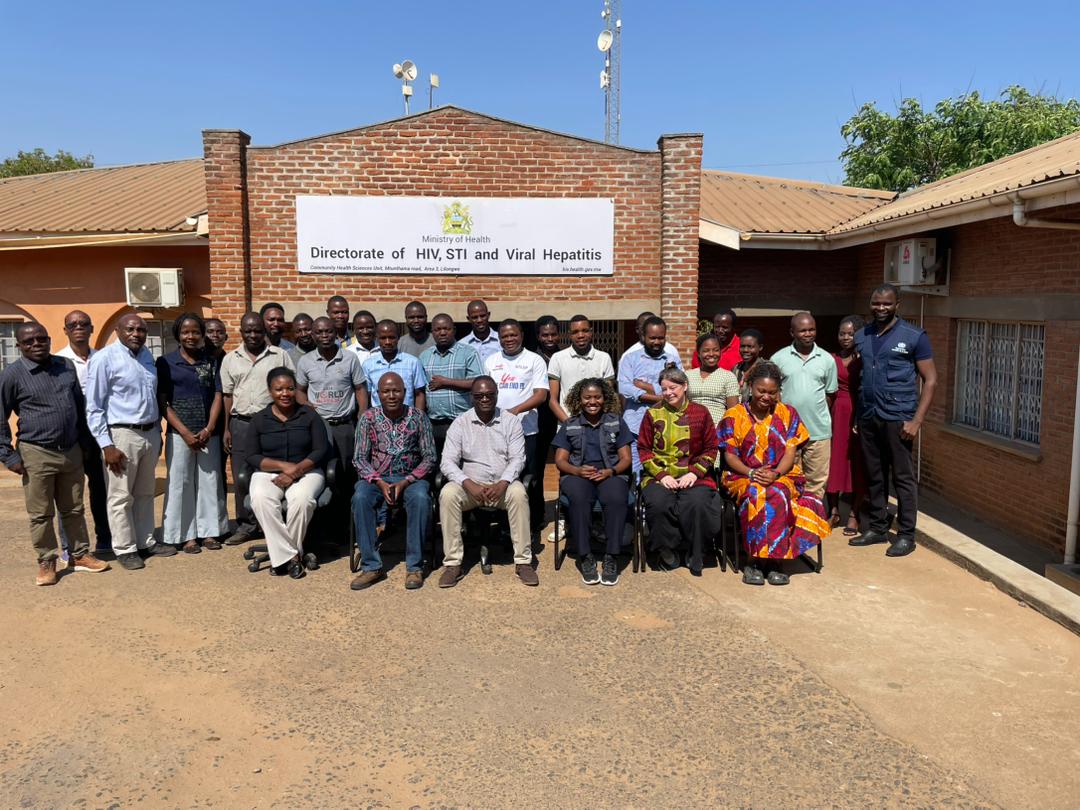UPDATED ESMPs
The Government of Malawi through Public Health Institute of Malawi (PHIM) is committed to ensuring that all projects are implemented in an environmentally and socially responsible manner. Our Environmental and Social Management Plans (ESMPs) outline the measures taken to identify, mitigate, and monitor potential impacts associated with project activities. Below you will find updated ESMPs for various ongoing projects, reflecting our dedication to sustainable development and adherence to national regulations and international best practices, including the World Bank Environmental and Social Framework.
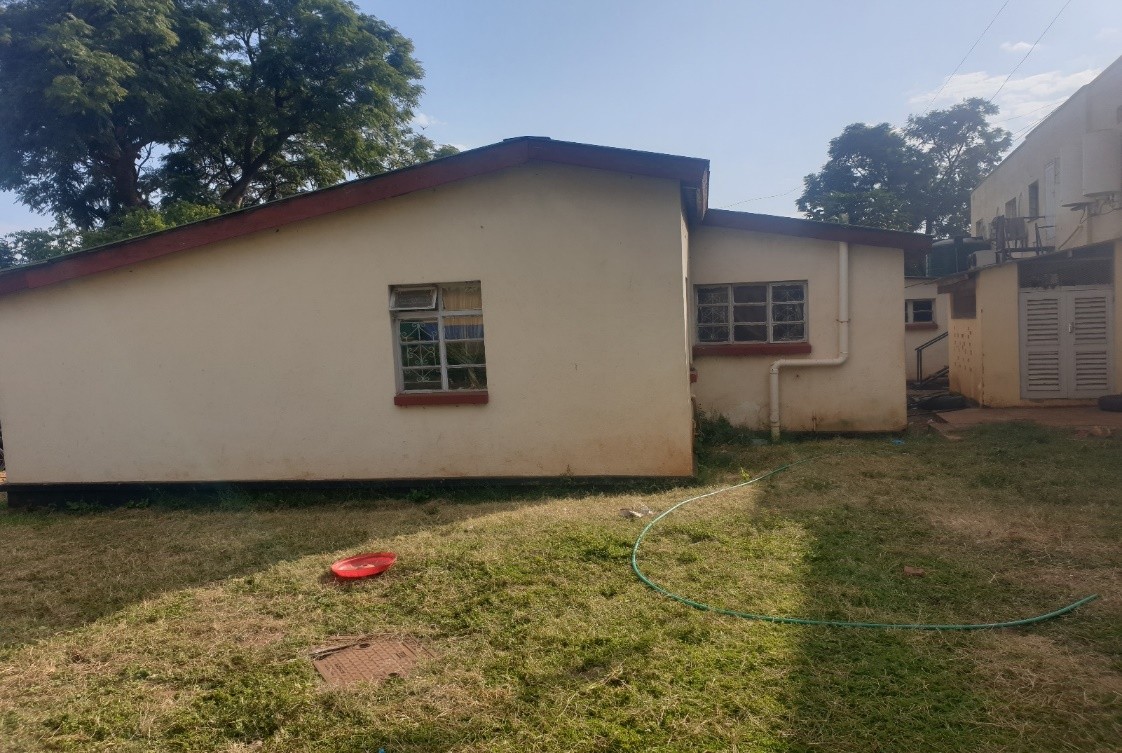
Chileka Airport Quarantine Unit
This ESMP addresses the rehabilitation of an unoccupied house at Chileka Airport into a Quarantine Unit. The project aims to strengthen public health preparedness by converting the structure to meet infection prevention and control standards, involving demolition, structural work, and utility upgrades.
Key Focus: Air/Noise pollution, OHS risks, GBV/SEA risks, Waste management, Traffic disruption.
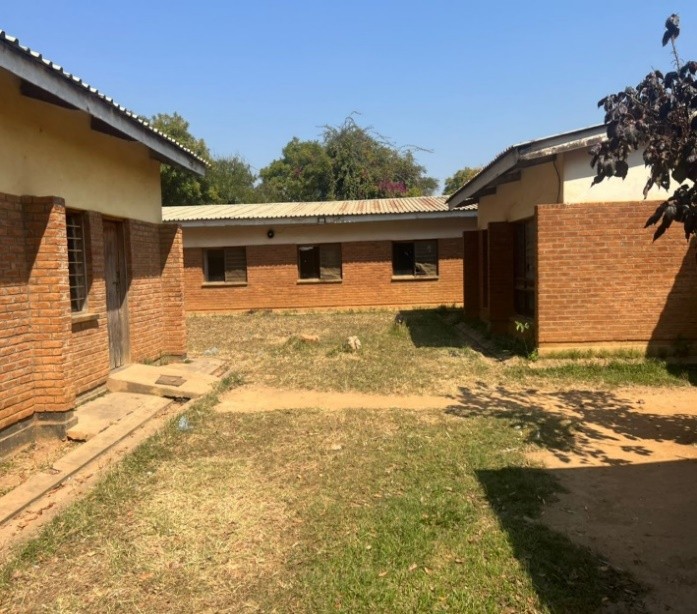
Mzimba Primary Health Care Unit
This plan details the refurbishment of the Mzimba Hospital Primary Health Care (PHC) unit, a training school for Health Surveillance Assistants (HSAs), along with associated staff houses and toilets. The project seeks to improve the dilapidated learning environment and sanitation facilities.
Key Focus: Job creation, Service disruption, Waste generation, Pollution, Health risks (OHS, GBV/SEA, diseases).
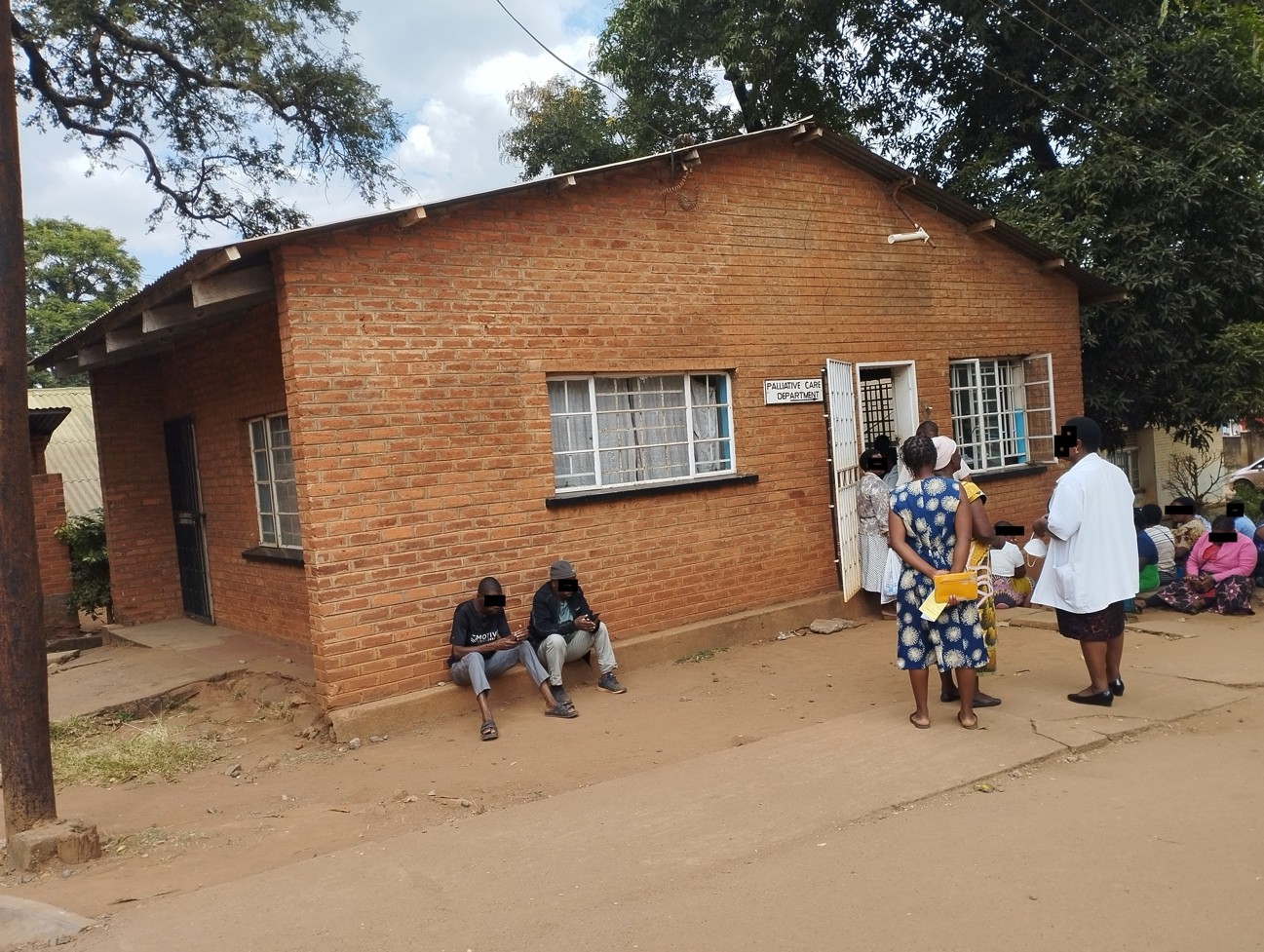
Bwaila Molecular Laboratory
Focusing on repurposing an old chapel at Bwaila Hospital into a Molecular Laboratory, this ESMP aims to enhance diagnostic capabilities. The project involves demolishing the old structure and constructing a new, optimized facility for PCR testing and related functions.
Key Focus: Traffic congestion, Construction pollution, OHS hazards, GBV/SEA risks, Waste management, Child labor risks.
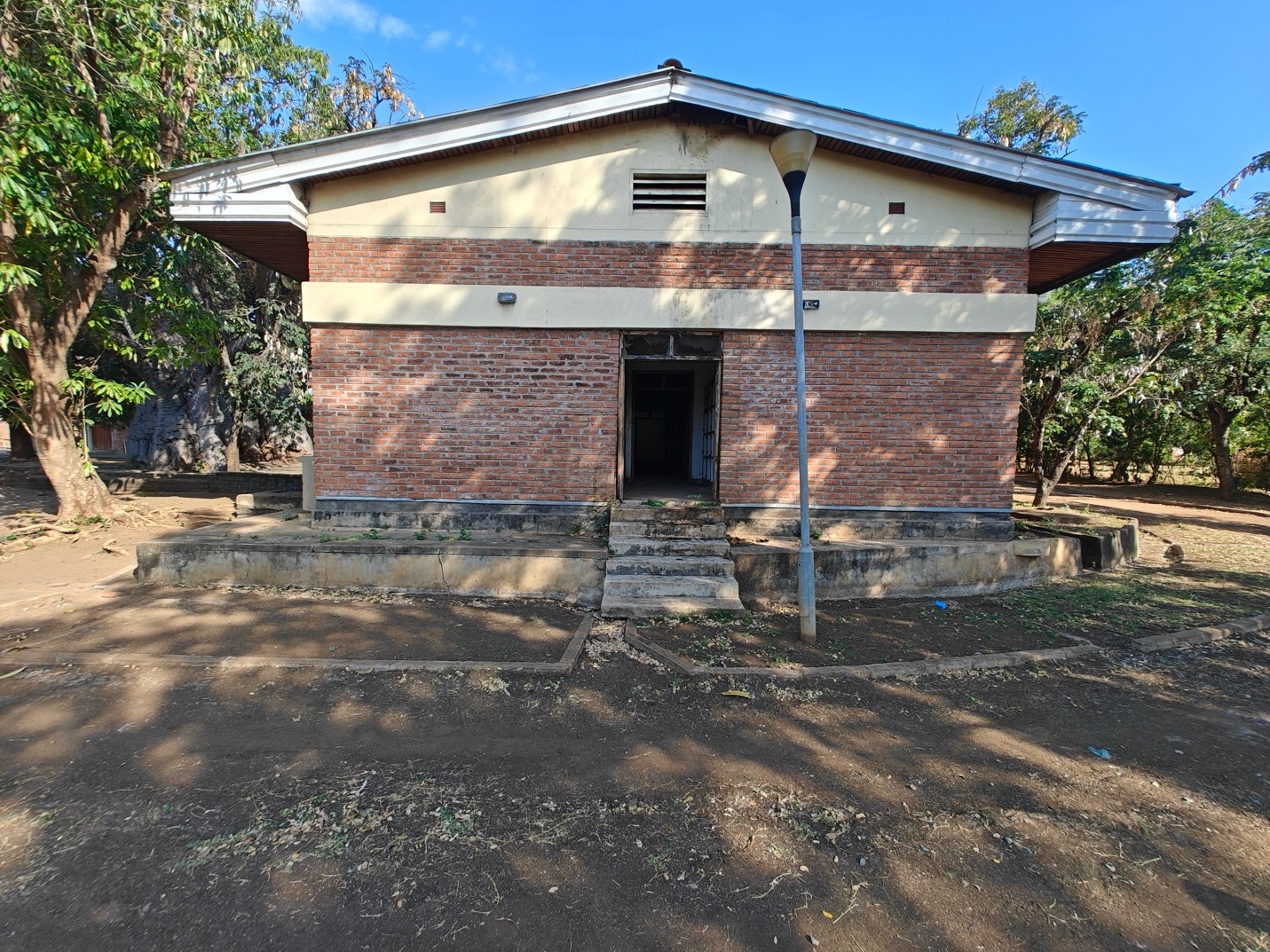
Machinga Molecular Laboratory & Placenta Pit
This ESMP covers repurposing an abandoned building at Machinga District Hospital into a Molecular Laboratory and constructing a new placenta pit, aiming to boost diagnostic capacity and improve waste management hygiene.
Key Focus: Demolition/Construction impacts, Traffic disruption, OHS risks, GBV/SEA potential, Specific placenta pit waste protocol.
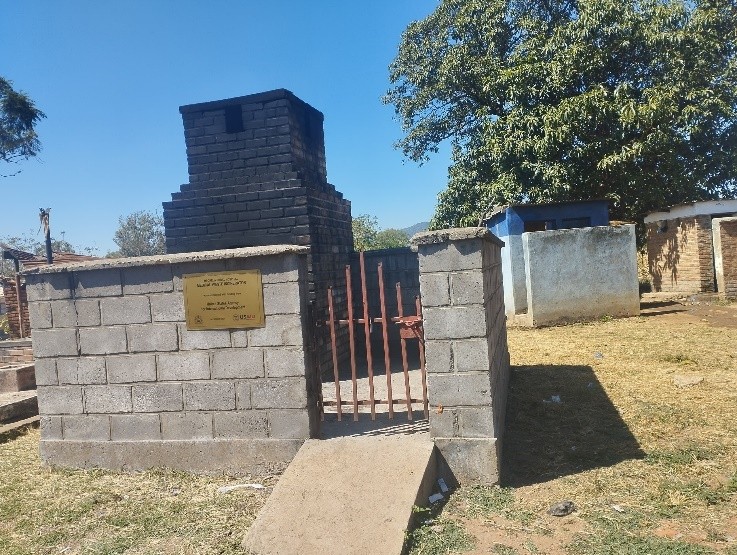
Mponela Primary Health Care Unit
Addressing the rehabilitation of the Mponela PHCU, an HSA training facility, this ESMP covers upgrading dilapidated infrastructure including classrooms, hostels, offices, and staff houses to improve the learning environment.
Key Focus: Construction accidents, Pollution, OHS risks, Disease spread, GBV/SEA risks, Land/Water impacts.
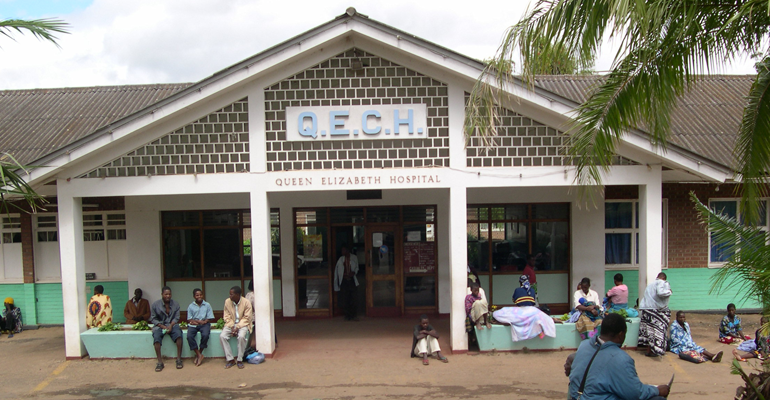
QECH Rehabilitation (Ward 4A, Theatre, Kitchen)
This plan covers major rehabilitation at Queen Elizabeth Central Hospital (QECH), focusing on Ward 4A, the Main Operating Theatre, Kitchen, and selected Corridors to upgrade critical infrastructure and improve service delivery.
Key Focus: Service disruption (Relocation plans), OHS risks (Asbestos handling), Pollution, Waste management, Traffic impacts.
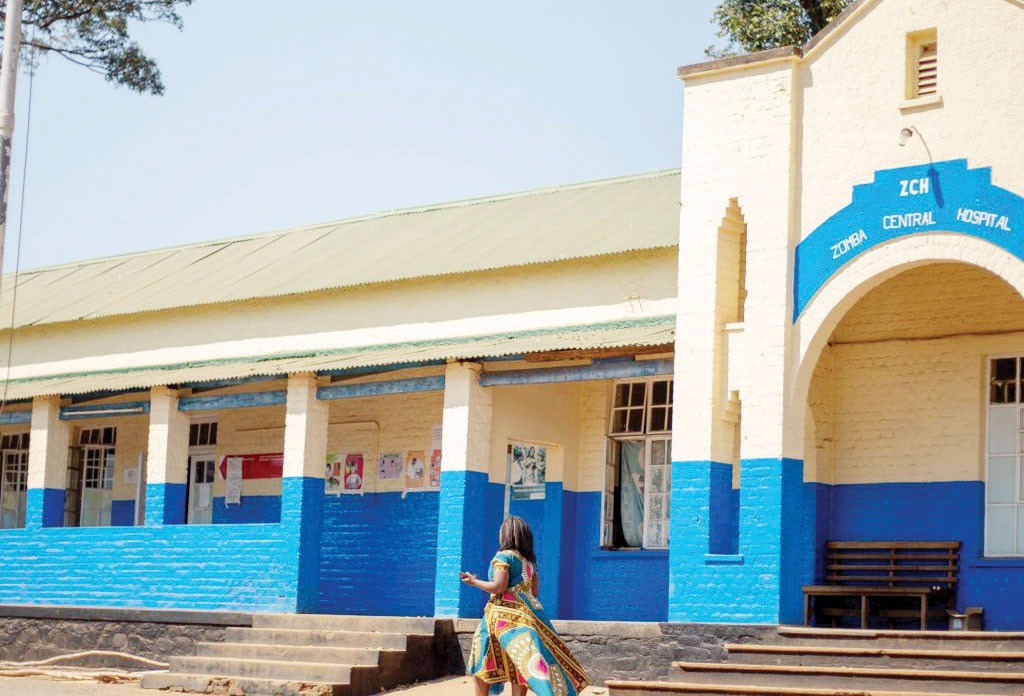
ZCH Rehabilitation (Radiology, Dental, Paediatric, Maternity)
Detailing rehabilitation works at Zomba Central Hospital for the Radiology, Dental Unit, Paediatric Ward, and Maternity Wing, this ESMP aims to improve essential healthcare infrastructure and service capacity.
Key Focus: Significant service disruption, OHS risks (Asbestos), Waste management, GBV/SEA risks, Power line safety.
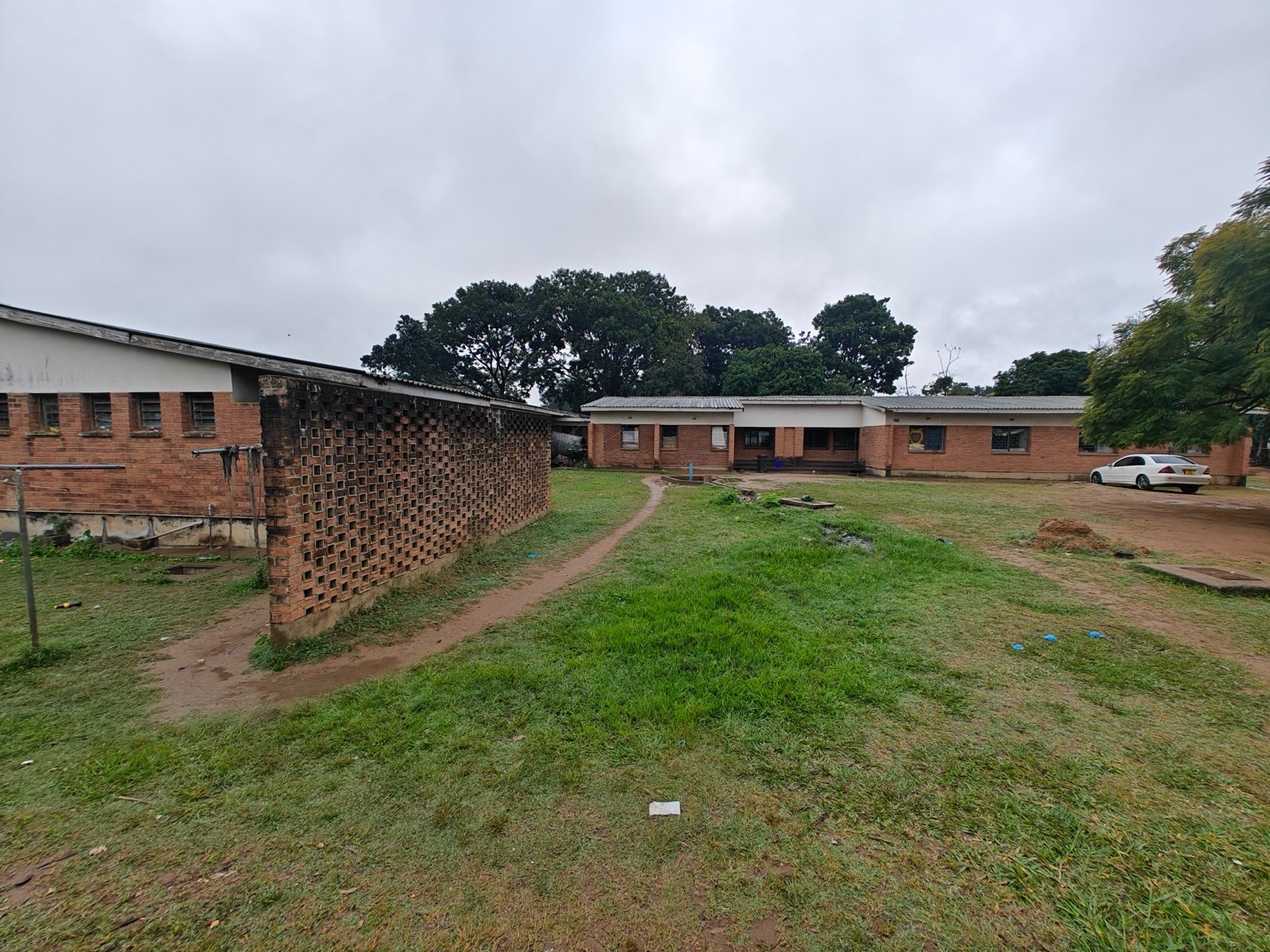
Mwanza Primary Health Care Unit
This ESMP addresses the rehabilitation of the PHCU at Mwanza District Hospital, an HSA training school, focusing on upgrading library/classrooms, kitchen/hostels, offices, and staff houses to improve the learning environment.
Key Focus: Traffic congestion, OHS risks, GBV/SEA potential, Waste management, Land/Water impacts (sand mining).

Zomba Oxygen Plant Housing
This ESMP details the construction of housing for a new Oxygen Gas Plant at Zomba Central Hospital, essential for providing a reliable medical oxygen supply. The project involves building a dedicated structure for the PSA system and associated facilities.
Key Focus: Life & Fire Safety (L&FS), OHS risks (fire/explosion), Community health risks, Construction noise/dust, Waste generation.
Environmental and Social Accountability
PHIM encourages all stakeholders to review these documents and submit feedback to ensure transparency and accountability.
